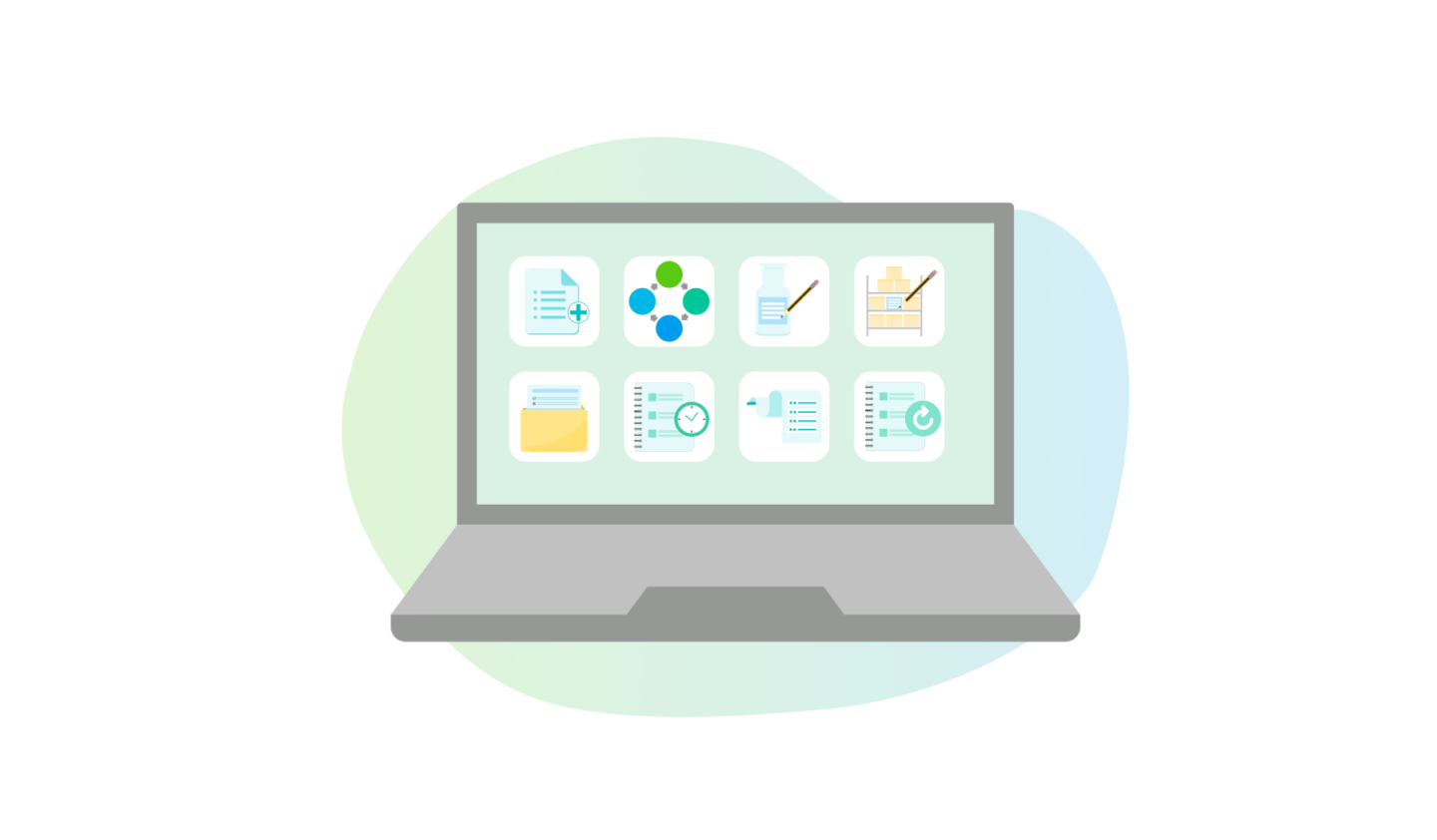A common resolution for scientists is to keep a more organized lab notebook. “When did I do that experiment? Where are my data files? Where did I put my samples?” If you find yourself asking these types of questions often, then it might be time to revisit how you keep your research notes.
A lab notebook is a record of your experiments, not only for yourself or other lab members to refer back to, but also as a legal document to back up your claims of discovery. Therefore, it is imperative to establish good habits for record keeping as early in your career as possible.
A traditional lab notebook comes in the form of a bound notebook where you handwrite all your procedures and notes. Often there is a lot of scotch tape involved. Today, scientists are moving towards electronic record keeping, which has its pros and cons. Pros may include an easier way to record more information while cons may relate to data security or not being able to easily directly jot down notes in the notebook when you’re not at a computer.
Here, we’ve amassed 8 practical tips to help you keep an organized electronic lab notebook.
Create a template that you will copy/paste for all future entries. Sections may include:
- Date
- Title of experiment
- Entry identifier
- Objective
- Rationale
- Materials
- Methods
- Results
- Conclusions
- File location
- Sample location
- Next steps
Every experimental entry should have a procedure so you or others can easily repeat the experiment. However, a lab notebook should not serve as an encyclopedia for all lab protocols. For your lab notebook, you may either reference an existing protocol briefly or create a new general protocol to reference. For example, you may note: “This experiment uses PROTOCOL ID#2021Protein_12B, with the following modifications: 10ug sample was used. 5 ul loading dye was used instead of 10 ul.”
If you created a protocol, you may consider putting the protocol in the appendix of the lab notebook, so that others can easily find the protocol you reference in your notebook.
Others referencing your lab notebook may not know what specific cell culture media you used in a particular experiment. You may not even remember. Besides noting the specifications of your reagent or material (for example: did you add antibiotics or glucose in the bottle?), you should also note the brand and vendor. This will help someone else know what to purchase when they want to do the experiment. Details like these will also come in handy when it is time to write that paper.
Do you find yourself looking through two lab freezers, only to realize you stored the sample in a 4C fridge? Even if you know exactly where all your samples are, someone else referencing your lab notebook may go hunting. It is important to note where materials are stored, such as in the -80C freezer, in the 4C fridge, or at room temperature at your bench.
Results of an experiment may take a few days to obtain. There may also be quite a bit of number crunching after data collection. You may even find yourself jumping into a different experiment before an analysis is done for the previous experiment. Nonetheless, it is important to remember to record the results in your lab notebook as soon as possible before you move too quickly ahead and find yourself backlogged and disorganized.
Conclusions are another important element of a lab notebook that are often skipped. Taking some time to write conclusions, even if it is a few simple bullet points, will help you think about the next step. What do you conclude from your results? What are the implications? How do the current results inform plans for the next experiment?
Keeping a thorough lab notebook takes a lot of time. Sometimes updating a lab notebook may feel like as long as conducting the experiment itself. However, it is important not to get behind on updating details of the entries, especially when you have multiple experiments going on. The longer you put off recording details for one experiment, the longer it’ll take to catch up on recording all the missed details. Sometimes you may even start to forget important details or confuse experiments. You may need to create a system for yourself, such as don’t start another experiment until you have recorded most of the previous one.
You want to be able to easily reference an experiment. One way to do this is to keep an informative table of contents, which may include: date, experiment ID, title, and page number. You may also consider adding brief notes or a category for the experiment.
Once you accumulate entries in your lab notebook, you will find that the file may take longer to load due to the large file size. This will make editing a lab notebook tedious. Simply start a new notebook and make note that it is a continuation of the previous notebook. You may consider creating an ID and title for each lab notebook.
It is also good practice to keep a paper notebook or a printed protocol with you during experiments so that you can easily take notes by hand when you’re not at a computer. However, it is critical to make sure these notes or any changes to protocol are recorded in the electronic lab notebook.
We hope that these tips will help you keep a more thorough and organized electronic lab notebook for a fresh start this year.




